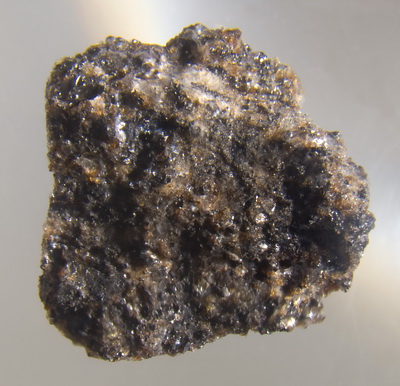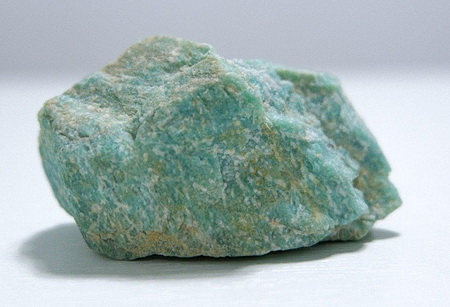The Man in the Moon or Is It the Earth in the Moon?
What would Dwayne Johnson become if he landed on the moon?
A Moon Rock. OK, a little bit corny but this puts us right where we want to be. A discussion about moon rocks.

We’ve long wanted to know what the moon is made of and thanks to Neil Armstrong, Buzz Aldren, and the 10 additional heroes that followed them, we now know not only the material composition of the moon but the history of this satellite which in turn gives us a better idea of how the earth and moon were born.
So What is the Moon Made of?
When scientists investigated the moon’s composition, they found that it is made up of minerals that originally came from the Earth. This means that the rocks on the moon are just like any other rocks on Earth.

Above is a Good Will moon rock. Just one of the pieces that were distributed by President Richard Nixon to all the countries of the world. Let’s take a closer look at what elements actually exist on the moon.
-
- Iron, which ranges from 5% to 40%. Earth has an abundance of this element as well.
- Oxygen is another common element found in both lunar and terrestrial rocks. It ranges from 2% to 20%.
- Silicon is also present in both types of rocks, but it only makes up about 0.2% to 1% of them each.
These elements are separated into different layers in the moon’s crust. The lighter materials, like silicon and aluminum, are near the surface because they are less dense than other elements. Iron is located at a greater depth because it is heavier than any other material on or around the moon.
What Were the Thoughts Before the Moon Landings?
The reason it took so long for us to figure out what the moon is made of is that no one was able to analyze it closely before humans landed on its surface for observation.
What Did Previous Research Say About the Composition of the Moon?
Previously, scientists believed that the moon had some similarities to the Earth’s mantle. They thought that it contained mostly potassium and some iron-nickel, which is common in Earth materials like the crust. But this new research found that the moon is actually made up of rocks like granite and basalt (molten rock).
Additionally, the lunar crust was primarily made up of feldspar minerals. This theory has since been disproved by new research methods that show that these minerals don’t exist in enough quantities to account for all of the moon’s composition.
These theories came from data collected by Apollo missions in 1968 and 1969. This new data comes from an analysis of lunar samples that were gathered by NASA’s Lunar Prospector mission in 1998.
The researchers think that this difference in findings can be explained by how scientists analyzed these samples. The Apollo missions were looking for a type of radiation called K-Ar, which releases a lot of potassium when a rock gets heated to a certain temperature.
To find this radiation, they used a process called “wet chemistry”, which involves putting gases into molten rock until they bubble out. The Lunar Prospector mission used a more precise technique called “multicollector inductively coupled plasma-mass spectrometry” to measure all sorts of elements to get an idea about it’s composition.
1986 to 1992 Moon Analysis

In 1986, NASA launched the unmanned probe Lunar Prospector. Over its two-year mission it made detailed measurements of the lunar surface. The probe was able to collect data that would help scientists understand more about our Earth’s neighboring planet.
Lunar Prospector had three main objectives:
-
- Search for water and other minerals on the lunar surface;
- Determine whether or not there is water in ice form at or near the lunar poles; and
- Investigate if there was any evidence that meteorites from Mars may have come from another location besides Mars.
For two years, this probe collected data and sent information back to Earth, which helped scientists understand what materials make up our moon. However, in 1998, US lawmakers canceled funding for the project due to budget limitations.
At the Beginning
The moon was formed when a planet-sized object hit the Earth, sending fragments into orbit. These fragments eventually assembled to create the moon via gravity.
It took scientists a long time to figure out what materials make up the moon because it’s difficult to analyze such a small and far away object. Scientists found that the minerals on the lunar surface are younger than we previously thought, and they came from Earth itself.
Scientists analyzed samples of lunar rocks and looked at their chemical composition. They found that these rocks were much like those in Earth’s mantle and oceanic crust: they had the same chemical composition as materials found in Earth’s crust and mantle.
In other words, scientists figured out that all of the material for this celestial body came from Earth itself. This answer is surprising because until now people assumed that everything on earth had come from outer space!
Conclusion
There may still be some mysteries about the moon that scientists haven’t yet solved, but when it comes to its composition, there’s not too much left up in the air or vacuum to be more precise.
We’re always striving to answer our questions about space and with this information, we can now say with certainty what the materials are that make up our nearest neighbor.
Plans are now being made for additional manned trips to the moon along with the building of lunar camps for humans to live in. This is only the beginning. Stay tuned!

